England is known for producing fantastic literature and culture, but it has also produced some amazing scientific discoveries, natural wonders, and prestigious scientists. In Part 1 of our Destination Education: England series, we will dive into some of the highlights of England science.
This list of British scientific topics has a two-fold purpose.
- First, you can use these resources to help with education in the classroom or for your homeschool. Our family has been homeschooling for 10 years now. How is that even possible?! We have enjoyed learning about all of these science topics and their origins.
- Secondly, these scientific topics from England can help you feel invested in your next trip to this amazing country. You can be inspired to travel to parts of England you never would have thought about if not for studying a little bit more about the history, science, and literature of your next vacation spot.
Let’s jump in to the Science of England. There are 5 major science topics, each with various scientists or scientific facts. In each section you will find books and resource you can use to enhance your study as well as places to visit within England that relate to the scientific topic.
Life Science in England:
Biodiversity:
Biodiversity is the range of different types of living things within a habitat or ecosystem. According to the Royal Society, England has a biodiversity of over 70,000 microorganisms, fungi, plants, and animals. This may sound like a lot, but the country is at a 13% loss since the 1970s, so conservation can also be a discussion topic for this subject.
Here is a list of some of the most notable living creatures that call England their home. There are many more types of animals, plants, and fungi to explore, so let this be a starting point to finding more creatures to learn about.
Animals of England:
Mammals:
- Roe Deer– Find deer roaming in the haven of Richmond Park, right inside the city of London.
- Fox
- Badger
- Hedgehog
- Otter– Otters like the freshwater backwaters of Norfolk Broads.
- Wild Boar– These creatures were nearly hunted to extinction in the Middle Ages, but are now making a home in the Forest of Dean.
- Weasel
Birds:
- Barn Owl
- Nightingale
- Osprey– Osprey are top predators and you can find them at the Lyndon Nature Reserve.
- Puffins– Farne Island is another nature reserve that caters to these fantastic birds each year.
Amphibians & Reptiles:
- Toad
- Adder Snake
Fish:
- Brook Lamprey
- Brown Trout
Plants of England:
Trees:
- Fortingall Yew: Considered the oldest tree in the UK, its birthday could celebrate 2,000, 3,000, or even 5,000 years old! Technically this tree is not in England, but can be found in Perthshire, Scotland. This is one of many ancient trees throughout the UK.
- Alder
- Birch
- Rowan
- Oak
Flowers:
- Wildflowers include: Lily of the Valley, Foxglove, Bluebell, Daffodil, Poppy, Primrose, Buttercup, and Scarlet Pimpernel
You can find flora conveniently in London at the Kew Gardens. Enjoy wildflowers in bloom during the spring and summer months in places like Yorkshire Dales, Fen Bog Nature Reserve, and Brecon Beacons.
Fungi of England:
- Mushrooms: With fun names like these, why not learn to identify these cool and sometimes gross creatures.
- Fly Agaric
- Jelly Ear
- Scarlet Elf Cap
- Stinkhorn
- Shaggy parasol
Places to See: Some of the best places to see England’s native animals and plant species are in its 10 national parks. There are also 225 nature reserves throughout the country.
Habitats and Ecosystems:
National Geographic defines ecosystems as a place where living organisms and nonliving entities including weather and landscape work together to form a bubble of life.
There are four main ecosystems in England:
- Heaths
- Moorlands
- Wetlands
- Woodlands
Within these four main ecosystems, habitats for living things thrive in a variety of distinct conditions. Each place forms a unique home for much of the biodiversity we saw in the previous section.
English habitats:
- Ancient Woodlands
- Broadleaf Woodlands
- Caledonian (conifer) Forests
- Grasslands
- Heathlands
- Moorlands
- Hedgerows
- Temperate Rainforests (also known as Celtic Forests)
Places to See:
Enjoy England science in nature in national parks and nature reserves.
Some of these include:
- Loch Arkaig Pine Forest for Caledonian forests
- New Forest for Heathlands
- Dartmoor for Moorlands
- Ausewell Wood in Devon and Dartmoor National Park for Celtic Forests
England’s Earth Science:
Weather & Climate:
England is a temperate climate, which means it has moderate temperatures year round with typically four distinct seasons: spring, summer, fall, and winter.
We often think that it rains all the time in England, but that’s not always the case. Some towns in Englands can have up to 58 days of sunshine!
Because of the Gulf Stream, which is a strong Atlantic Ocean current that bring warm water up from the equator, England does get a lot of rain.
~700mm-3,550mm per year is the average rainfall around the country. No wonder the rolling hills and countryside is so green!
Speaking of rain, the old saying goes ‘there’s no bad weather, only bad clothing.’ If you don’t want to be a soggy mess in England you need to have an umbrella. Umbrellas have been around since ancient times, many speculating that it was developed by the Chinese. But it was in 1750 in London that a man named Jonas Hanway introduced the first rain umbrella. England has embraced the functional mascot ever since.
English science can also boast the creation of the modern weatherman. In the 1860s, Robert Fitzroy developed storm warnings and weather ‘forecasts’ to help prevent loss of life at sea during storms that arose off the British coast. He would collect data via telegraph and predict the weather up to two days in advance. Although his work was government funded, his methods were not widely taken seriously until later.
Places to See:
If you love learning about meteorology, the weather, or need an English gold standard umbrella, check out these places.
Physical Geography:
England’s physical geography consists of mostly gently rolling hills, with an elevated mountain range running down the middle west portion of the country.
The highest peak being Scafell Pike at 978 meters high.
England is part of the British Isles and it has 4,422 km of coastline.
The two longest rivers in England are the River Severn at 220 miles long and the River Thames at 215 miles, and the largest lake is Windermere.
Places to See:
In addition to the tallest, longest, and biggest of the country, there are several fantastic natural wonders to check out while traveling in England.
Make sure to explore these amazing natural features:
- White Cliffs of Dover and the 7 Sisters Cliffs of Sussex
- Durdle Door on the Dorset coast
- Cheddar Gorge in Somerset
- Malham Cove and the limestone cliffs in Yorkshire Dales
Oceanography:
Since England is part of an island, you are less than 80 miles from a beach. England is surrounded by 4 different bodies of water:
- The North Sea
- The Atlantic Ocean
- The Irish Sea,
- The English Channel.
Despite its northern latitude, there is a lot of biodiversity within the waters off the coast of England.
Here is some sea life you might not have expected to see off the English coast:
- Seahorses
- dolphins and porpoises
- whales
- orcas
- seals
- sharks
- turtles
Places to See:
Some of the best places to see these creatures are in
- Cornwall- Have an adventure with Padstow Sealife Safaris
- Yorkshire- Check out Whitby Coastal Cruises
- Norfolk-Seal sightings with Temples Seal Trips & Blakeney Point
England also has an expansive coast line. But not all beaches are equal. Due to freshwater estuaries and commercial shipping, some areas of England’s coasts are not a enjoyable.
Here are 3 places you are sure to find blue water and clean beaches:
- Somerset
- Cornwall
- Sussex
England Science: Astronomy
English scientists have been looking at the skies for centuries. Some of the most important discoveries for astronomy have come from British astronomers.
Astronomers:
Newton & Astronomy
When you think of Sir Isaac Newton, most likely the apple dropping on his head and the discovery of gravity comes to mind.
BUT, Newton is a power player in the astronomy world and for good reason.
Although he did not discover an unknown planet or explain the existence of the Milky Way, Newton used his understanding of the force of gravity to develop a formula for planetary orbits.
Newton & Mathematics
He also developed a whole branch of mathematics called calculus. We’ve heard this as a high school subject, but this way of mathematically ordering the whole solar system, affects so many areas of other sciences and engineering. Calculus is defined as the study of rates of change of quantity over time.
Calculus ties into what Newton was already developing with gravity and physics to understand that the planetary orbits were in the shape of ellipses.
He also developed the modern telescope. If you enjoying seeing the stars and planets a little clearer, you can thank Newton. He created the reflecting telescope using a series of mirrors to increase the size of an object far away for our eye to see. Not only has this helped us see many more objects further in space, but it also helped us understand the speed at which light travels.
William and Caroline Herschell:
This brother and sister team worked to catalogue the universe one nebula at a time. Caroline was the first female astronomer to discover a comet, and William discovered the moons of Saturn and Uranus. William went on to study the different temperatures of light, leading to infrared radiation.
Stephen Hawking:
The British scientist, Stephen Hawking, took astronomy to a new level when he theorized the concepts of black holes in the universe. He used quantum mechanics to explain the idea of how black holes emit radiation and subatomic particles.
Places to See:
- The Science Museum Group is currently touring Hawking’s office, which is in London and will be set up in Manchester in 2023.
- You can see Newton’s original reflection telescope at the Royal Society.
- The Herschel Museum of Astronomy is located in Bath.
English Physics:
Newton:
We couldn’t miss out on the impact Sir Isaac Newton has had on the world of physics and England science. Newton developed the concept of physics by establishing his 3 Laws of Motion. These methods for applying mathematical ideas to physical objects help aid in his study for planetary motion.
Newton’s Three Laws of Motion:
- An object in motion will remain in motion in a straight line at a constant speed, and an object at rest will remain at rest unless acted upon by an outside force.
- Force equals mass times acceleration.
- For every action there is an equal and opposite reaction.
Places to See:
To pay homage to all things Newton, check out some of these places in England:
- The Science Museum has artifacts on display of Newton’s life.
- You can visit Woolsthorpe Manor, where Newton was born and lived, as it is owned by the National Trust. At the manor you can also view the apple tree that inspired Newton’s thoughts on gravity!
- You can view Newton’s final resting place in Westminster Abbey in London.
Chemistry in England:
DNA:
Although DNA itself was not discovered by a Brit, two British scientists: Rosalind Franklin and Francis Crick helped discover the structure of DNA molecules, which are the building blocks for genes and heredity. Rosalind Franklin used x-ray crystallography to show an image of the DNA molecule. This eventually led to James Watson and Francis Crick creating the double helix structure model for DNA.
Penicillin:
One of the most important chemical discoveries of the modern world happened by accident. Alexander Fleming, after returning from a holiday in 1928, discovered one of the specimens in his petri dish had mold growing in it. The bad bacteria was growing in all areas of the dish except for the area around the mold. He determined this mold was called penicillium and later was developed into antibiotics, which are compounds of good fungi and bacteria that kill or inhibit bad bacteria.
Places to See:
- You can see Watson and Cricks double helix model on display and the Science Museum in London.
- You can learn all about Alexander Fleming and his work on antibiotics at the Alexander Fleming Laboratory Museum in London.
Explore England Science in London
Looking for more science and history in England? Head to the British Museum. In this post, you can read about how to have fun with your family at the British Museum.
Do you love science? How about England?
I hope these resources help you further your knowledge and curiosity, and that you continue to learn. Have you visited any of the places from this post? Share with us how you liked them.
In our next post in the Destination Education; England series, we will dive into the History of England. Let’s discover the rich history of one of the most well-known countries in the world.
Note: This Destination Education: England post has affiliate links from trusted partners and websites such as Amazon and any purchases made through such links will result in a small commission for me (at no extra cost for you).
Travel Helps
Are you traveling to England soon? Here are some of my recommendations for places to stay and things to do while in England.
Accommodations:
- Holiday Inn Express is a great option for families. There are many in the London area. My favorite was the Holiday Inn Express Earl’s Court. This was close to a Tube station, had free breakfasts, and provided pull out couch-beds to accommodate large families.
Activities:
- Viator offers tickets, tours, day trips, VIP experiences and more. Check out this post on The London Pass: the best sightseeing value for a family in London. You can grab your London Pass and other great activities through Viator.
Transportation:
- CheapOair.com is a leading provider of airline tickets, hotel rooms, rental cars and vacation packages through its extensive partnerships with top travel brands and a wide breadth of inventory.
Don’t forget to Share
Kyleen Bontrager, the Bonnie Traveler
Kyleen is a wife, homeschool mama, lover of teatime, and passionate traveler. Having lived on 3 continents and visited +32 countries, she helps others enjoy memory-making experiences for multigenerational travel. Ready for a bonnie adventure? Let’s go!

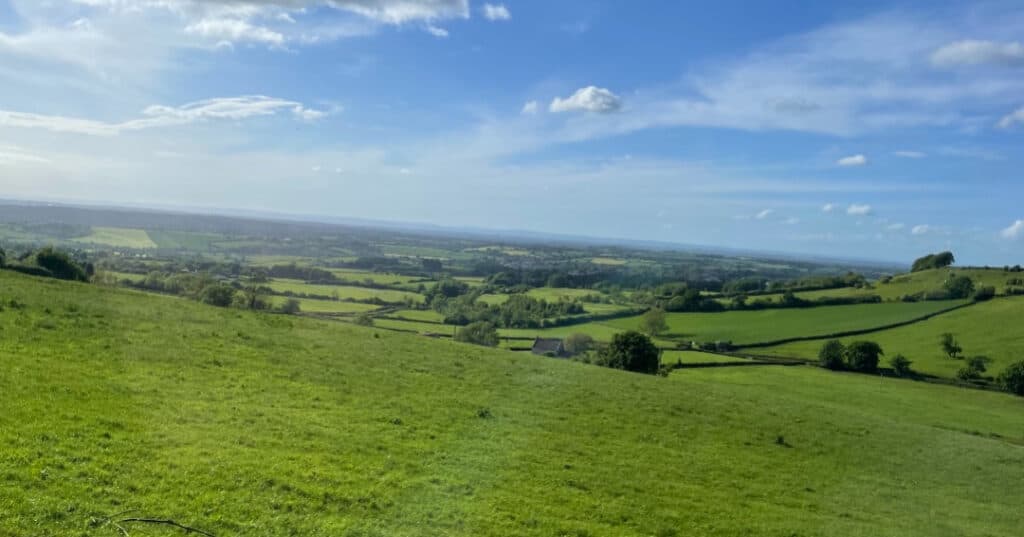
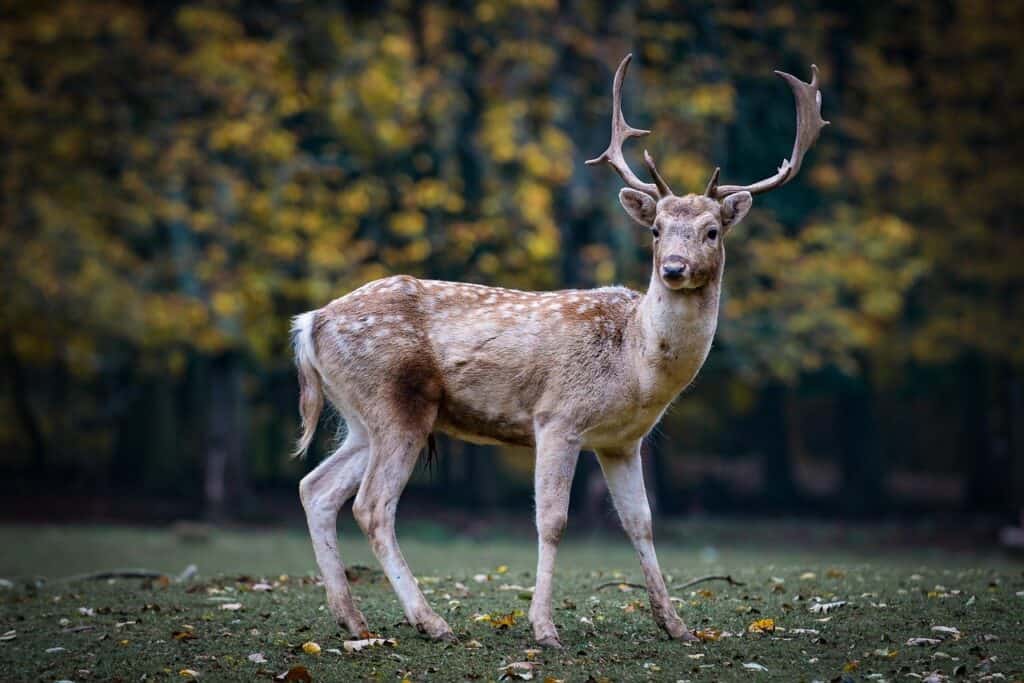
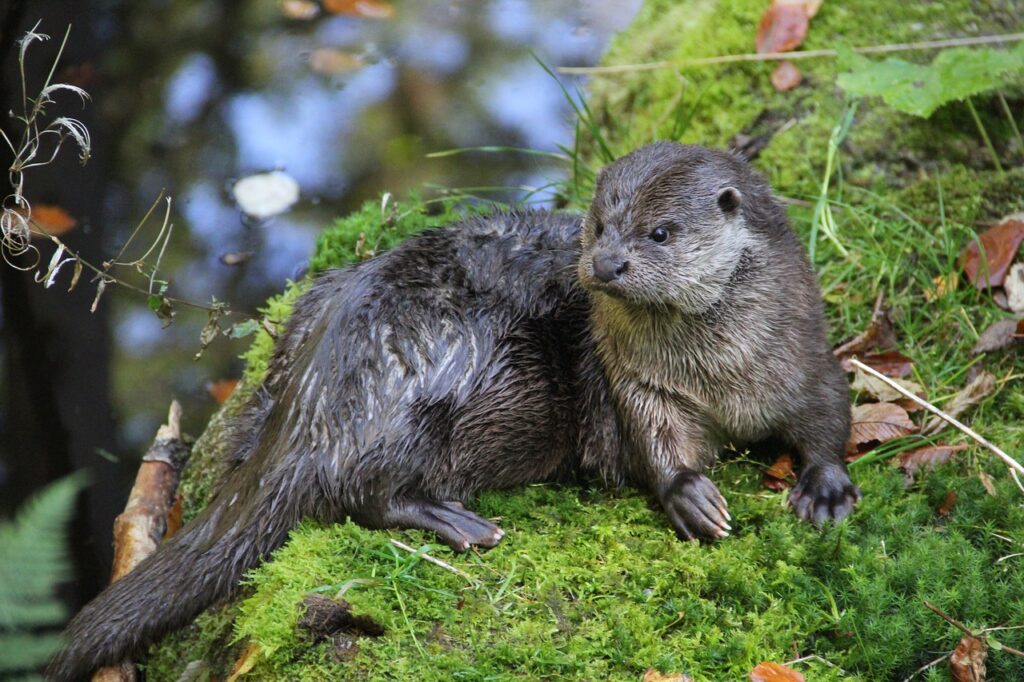
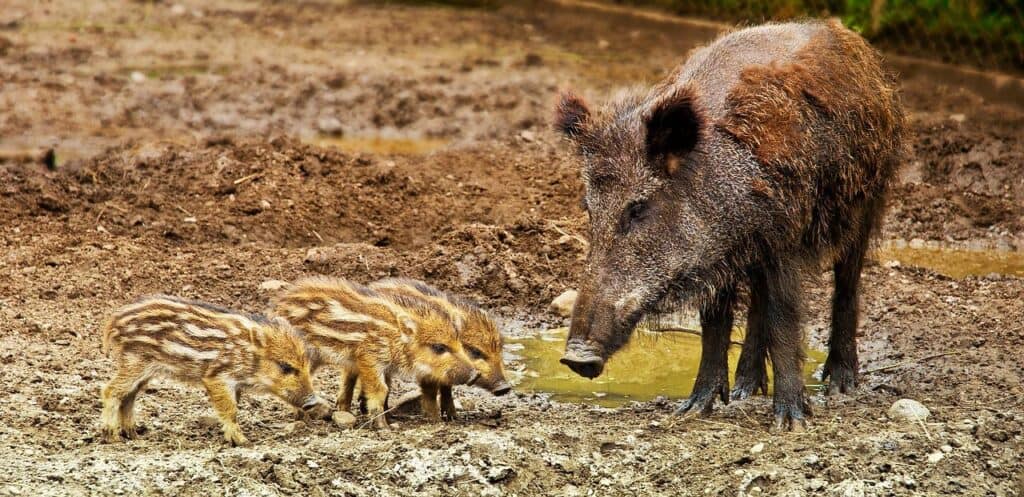
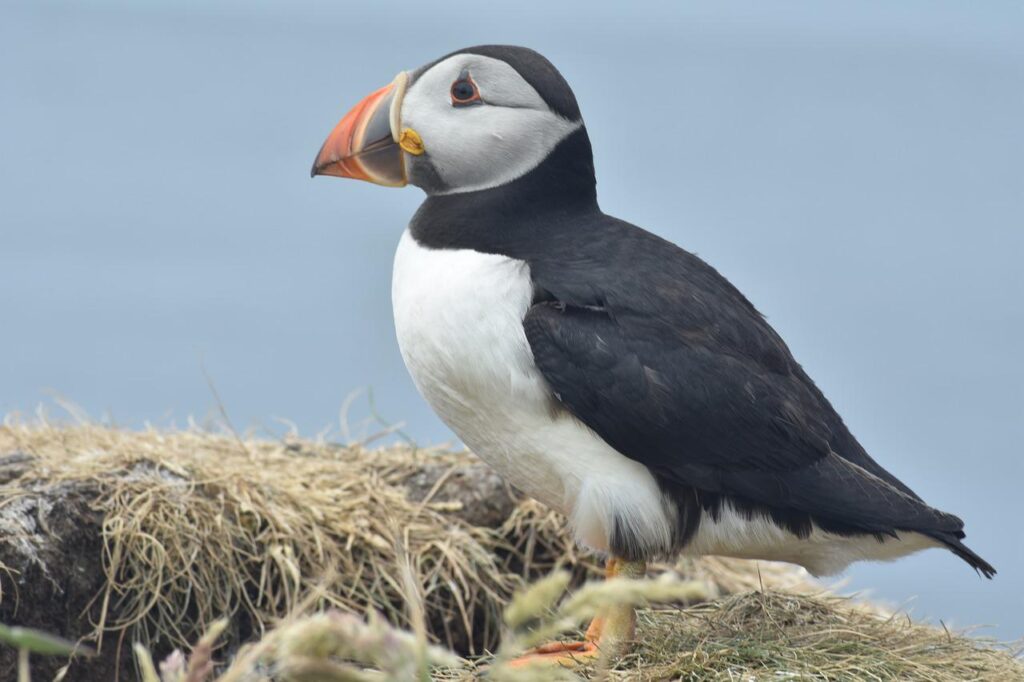
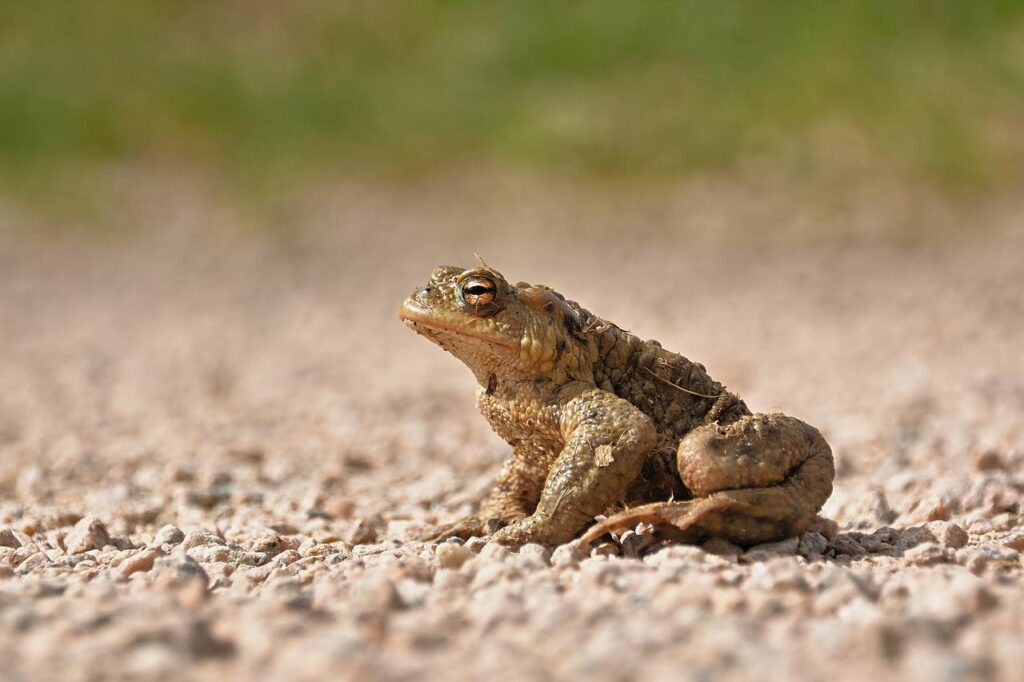
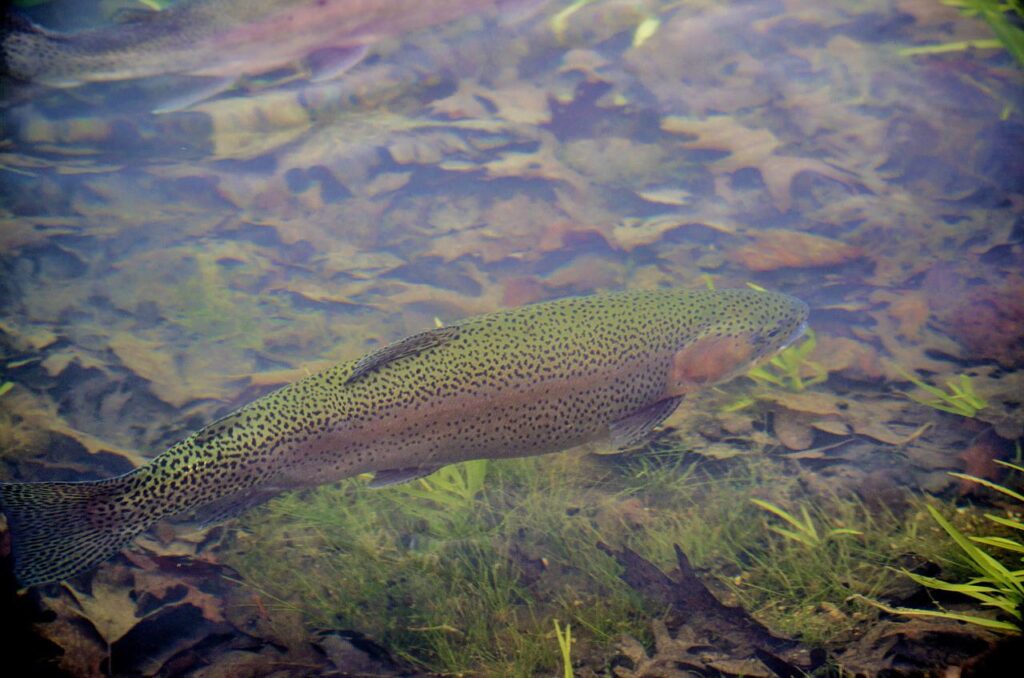
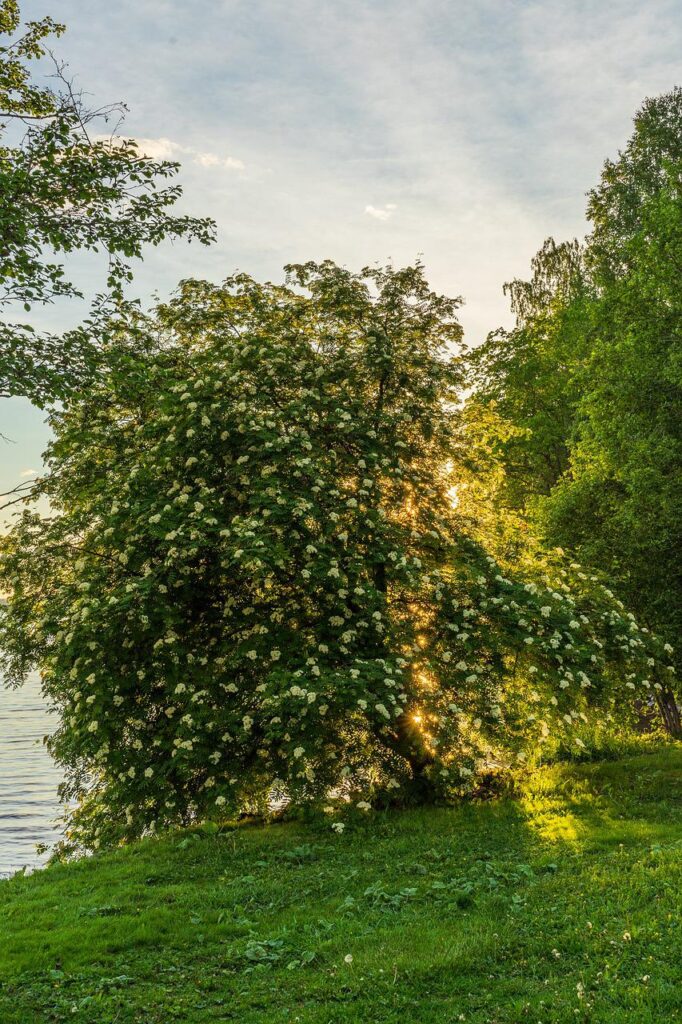
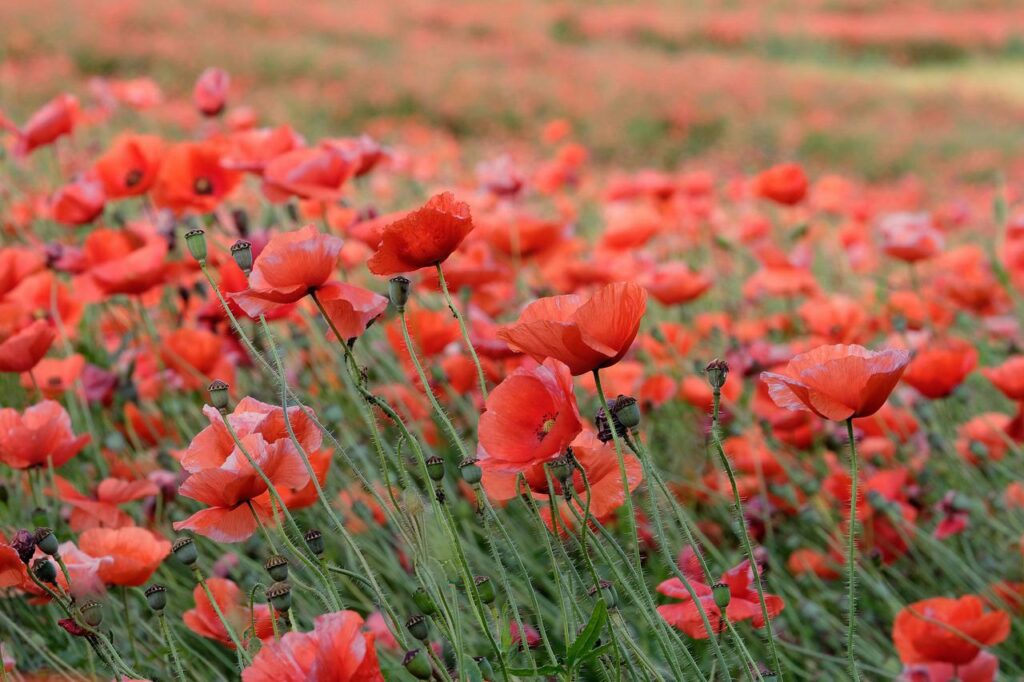
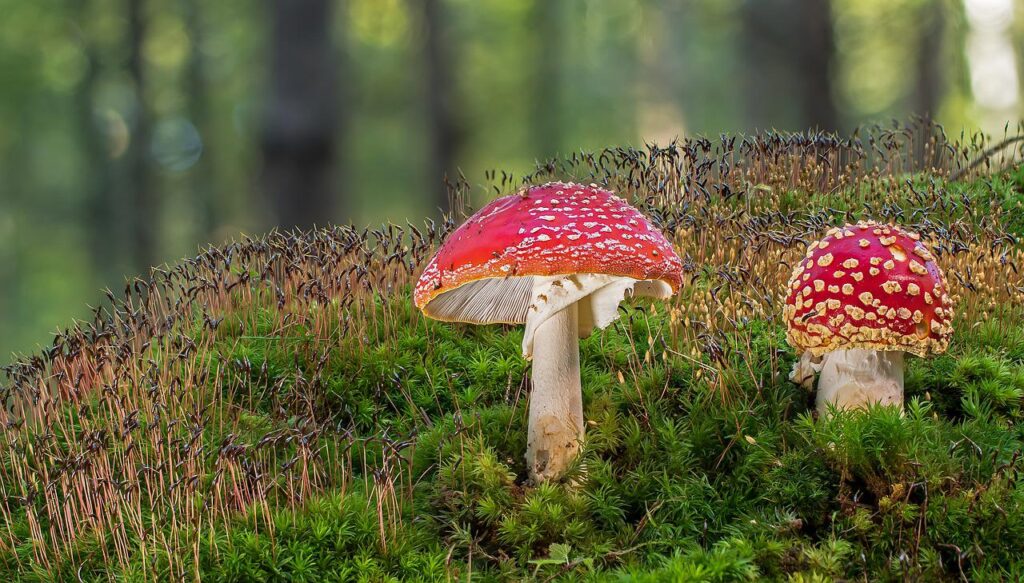
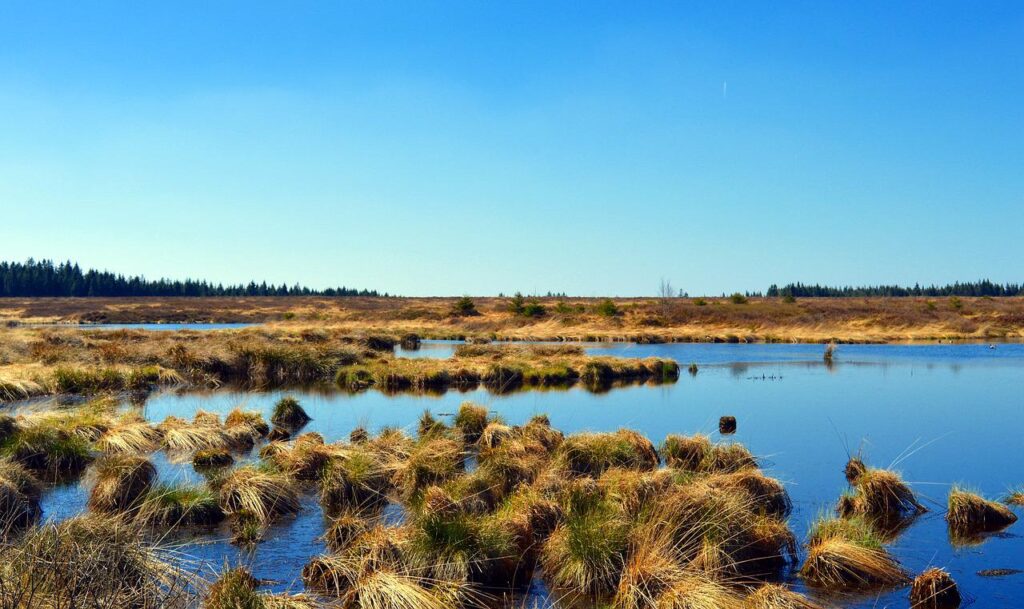
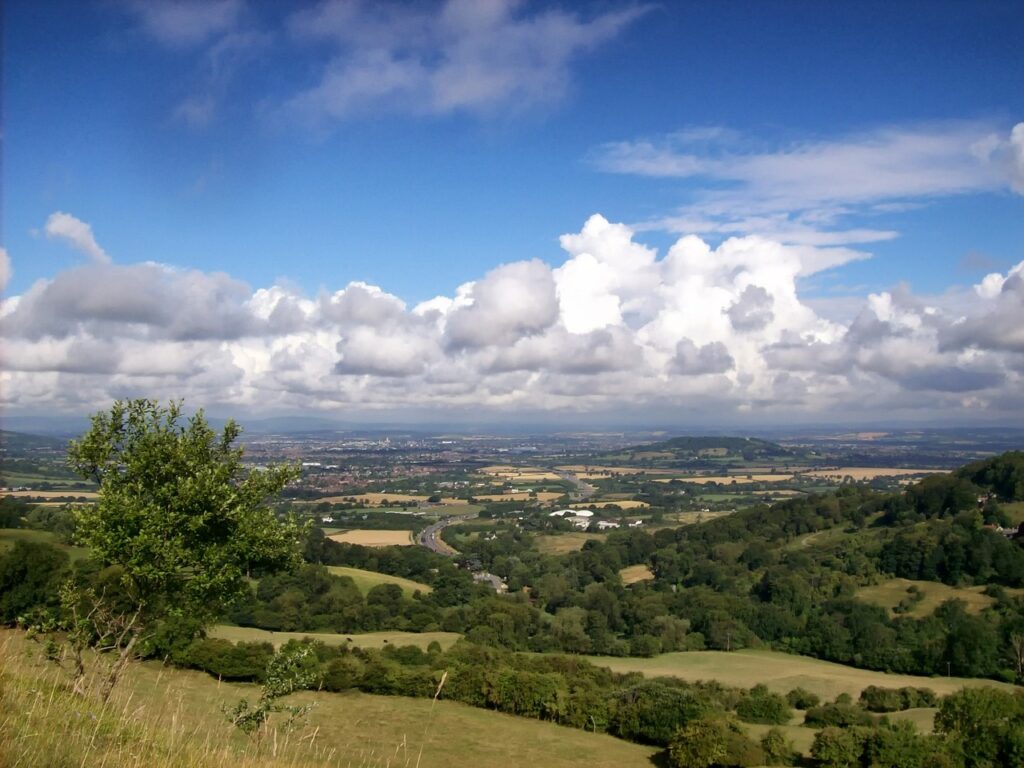
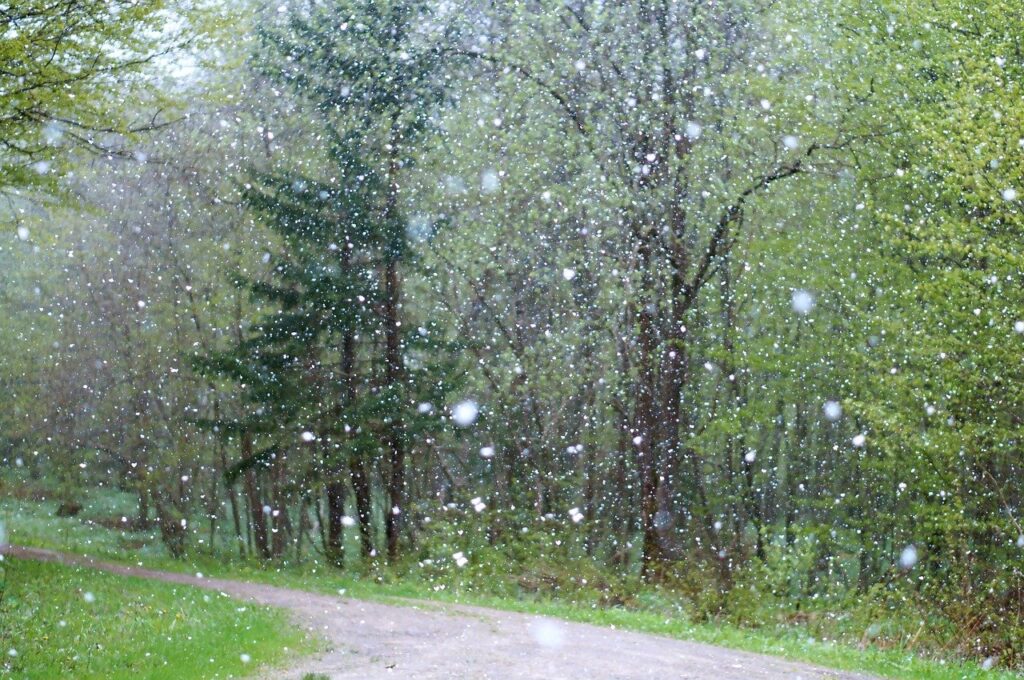

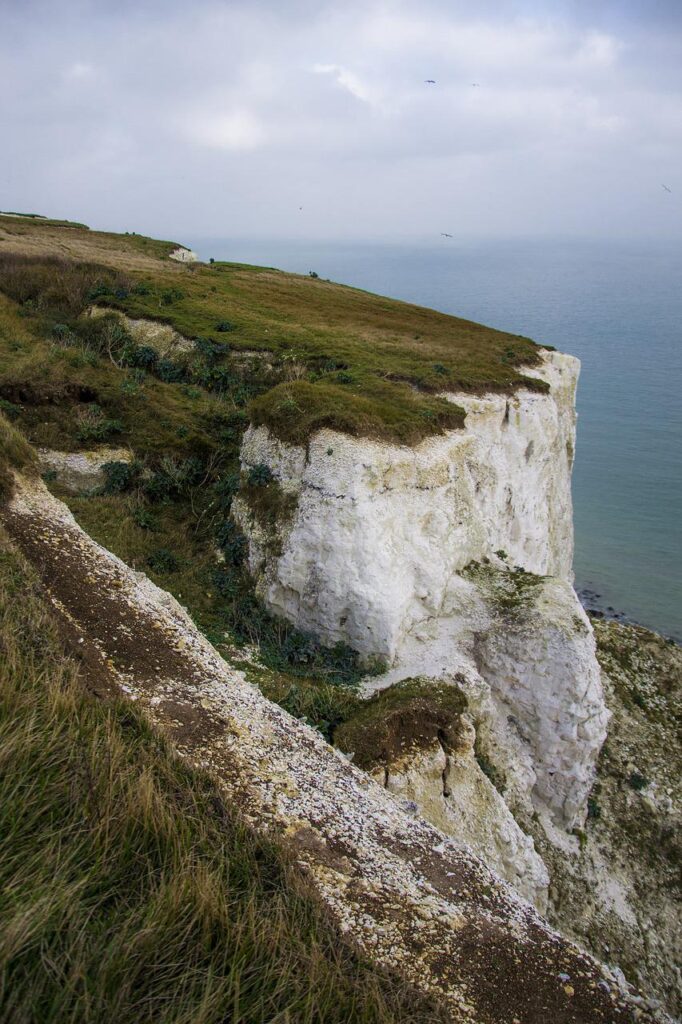
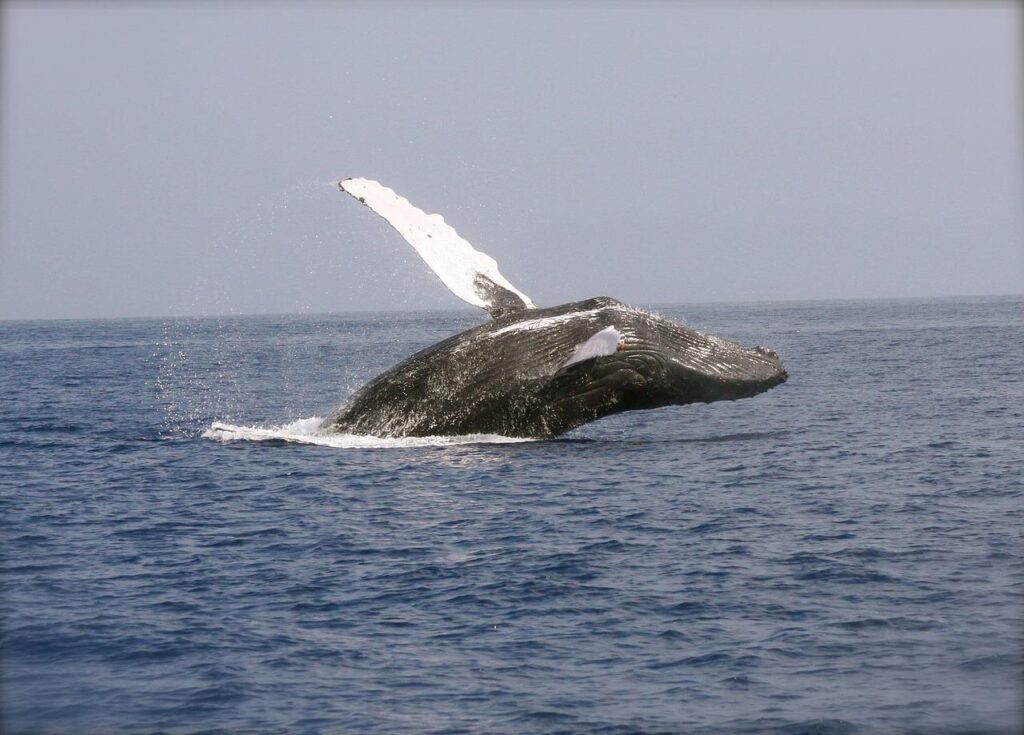
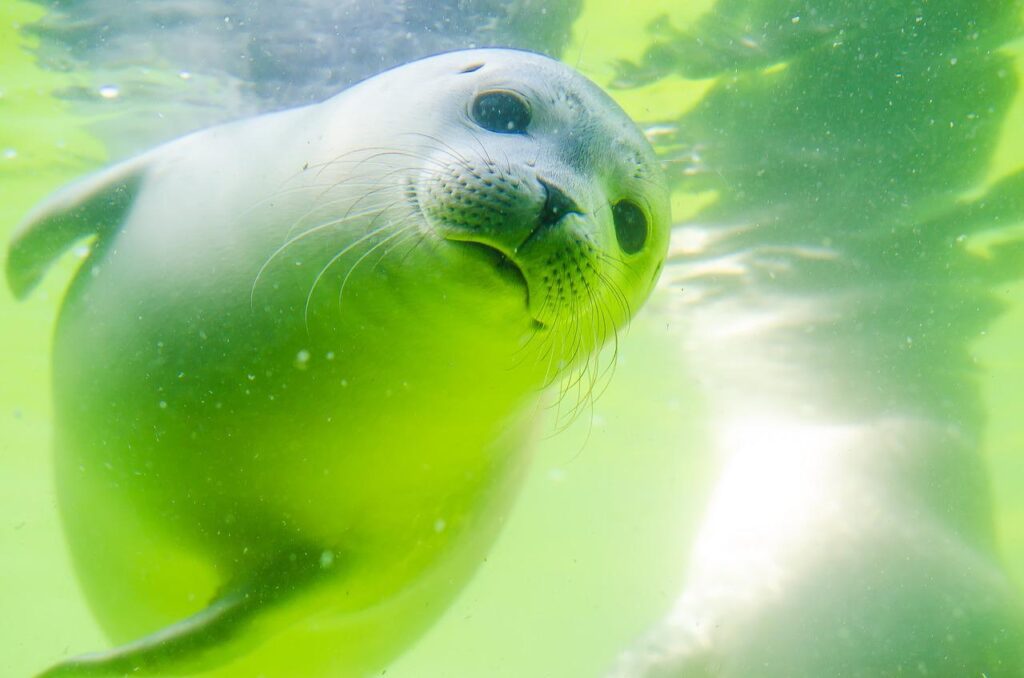


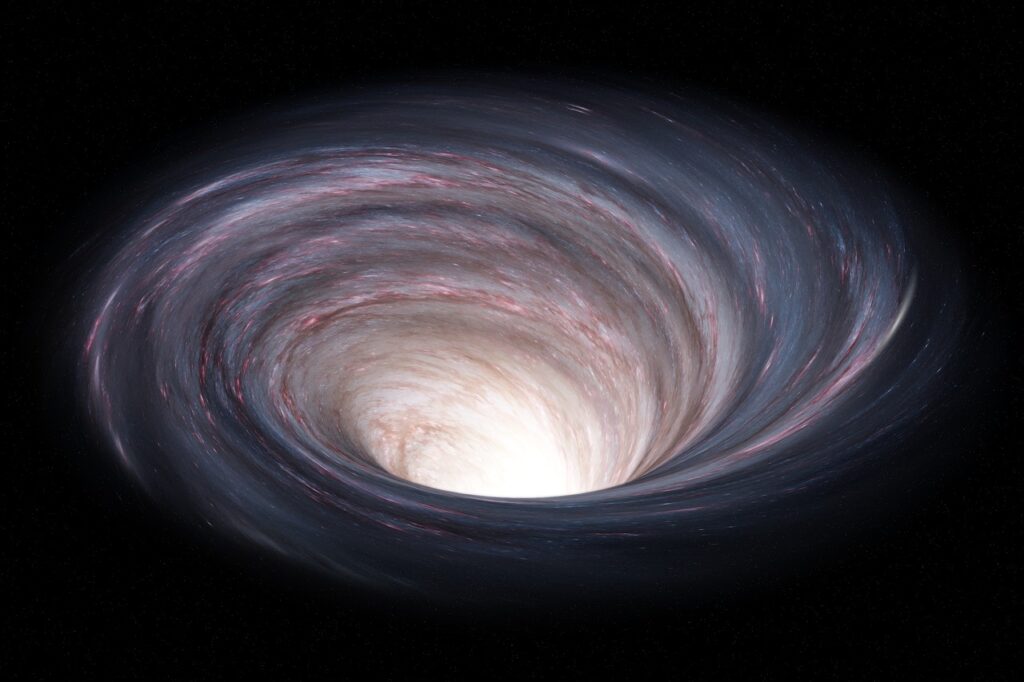




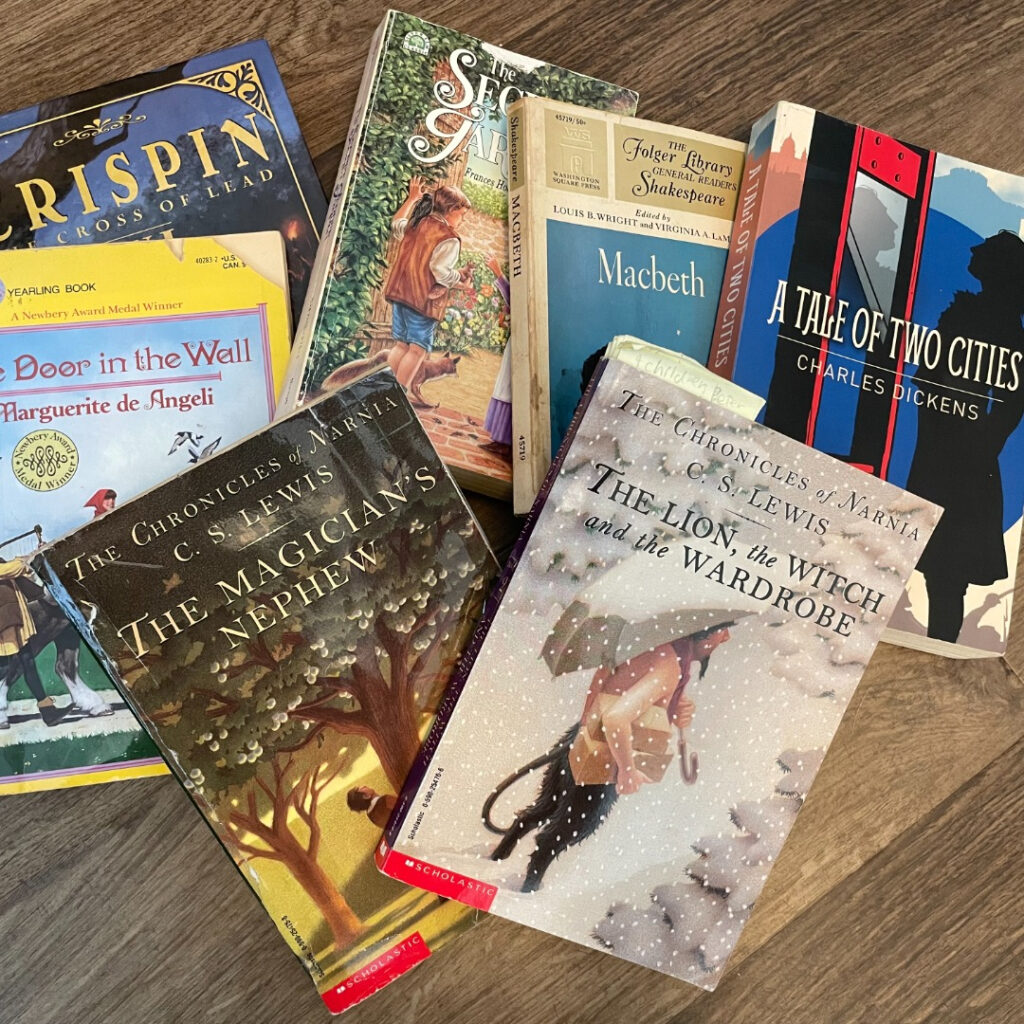

Pingback: Let's Learn About Brazil's Tasty and Traditional Culture and Food - The Bonnie Traveler